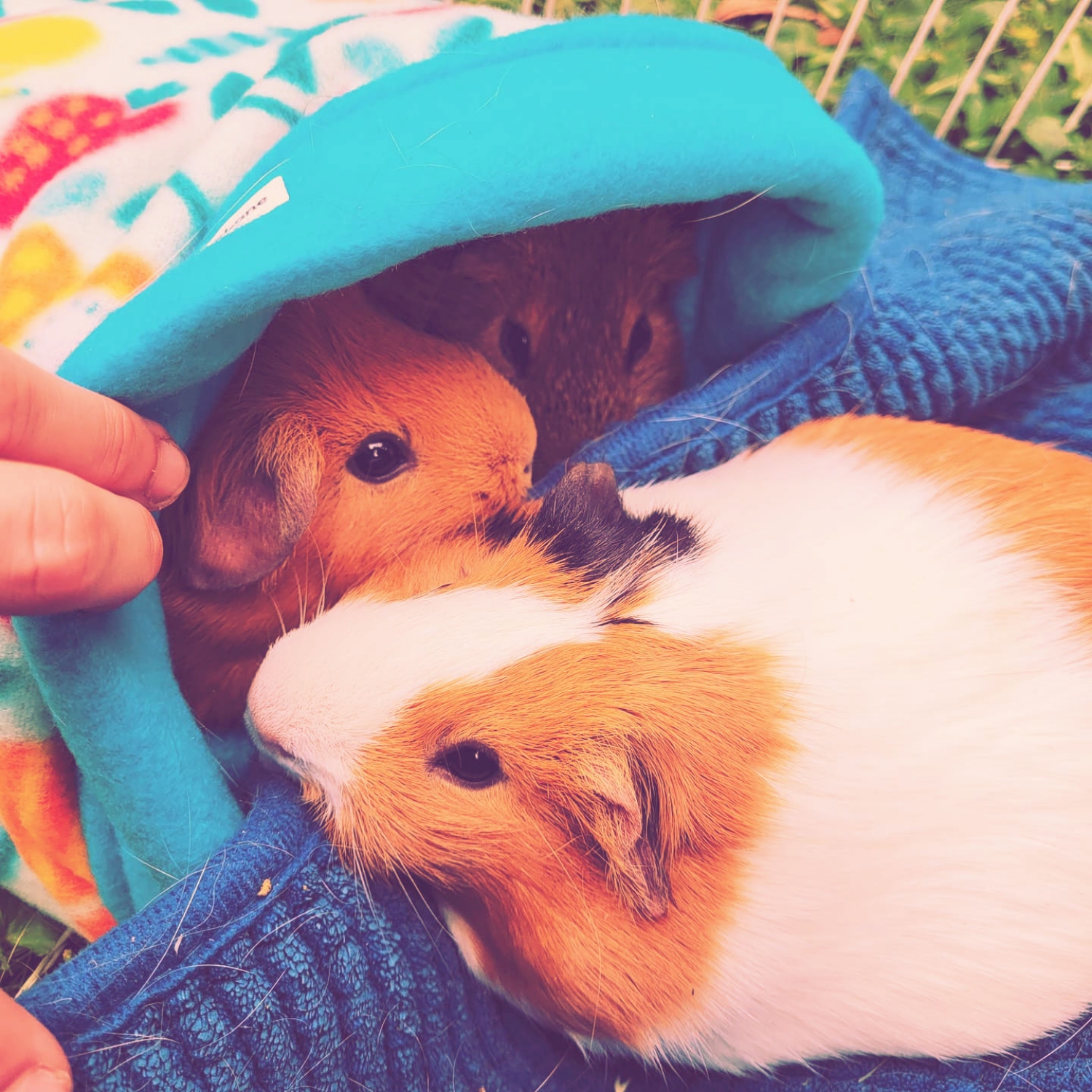Furry Friends and the Autism Spectrum: Unlocking a World of Connection
- Sarah Feather Jervis SGPR

- Nov 10, 2024
- 4 min read
Hi everyone, Feather here, and today we're delving into a topic that's both fascinating and incredibly important to me: the remarkable impact animals can have on children with autism.
As many of you know, autism spectrum disorder (ASD) affects communication, social interaction, and behavior. Children with ASD may experience challenges with social skills, repetitive behaviors, and sensory sensitivities. But a growing body of research suggests that interacting with animals can be a powerful tool in their development and well-being.
The Science of Connection: Why Animals and ASD Click
What is it about animals that makes them such wonderful companions for kids on the autism spectrum? Let's explore the science behind this special bond:
Social Bridges: Animals can act as social bridges, facilitating interaction and communication. Studies have shown that children with ASD are more likely to initiate conversations, make eye contact, and engage in social play when an animal is present. In fact, one study by O'Haire et al. (2013) found that children with ASD showed a 20% increase in social interaction when a guinea pig was introduced into their therapy sessions. The animal becomes a shared point of interest, easing the pressure of direct social interaction and allowing for more natural communication to unfold.
Sensory Soothers: For children with sensory sensitivities, the predictable and calming presence of an animal can be incredibly grounding. The rhythmic sound of a cat's purr, the soft texture of a dog's fur, or the gentle movements of a fish in an aquarium can provide sensory input that helps regulate emotions and reduce anxiety. Research by Grandgeorge et al. (2012) indicates that children with ASD who interact with animals show a 30% reduction in cortisol levels (a stress hormone), suggesting a calming effect. Animals offer a safe and comforting sensory experience.
Emotional Anchors: Animals provide unconditional love and acceptance, which can be especially valuable for children with ASD who may struggle with social nuances and forming friendships. This bond can boost self-esteem, reduce feelings of isolation, and foster a sense of security. A survey by the Human Animal Bond Research Institute (HABRI) in 2018 of parents of children with ASD found that 80% reported an increase in their child's confidence after welcoming a pet into their home. The non-judgmental nature of animals creates a safe space for emotional expression.
Masters of Routine: Caring for an animal instills a sense of routine and responsibility, which can be particularly beneficial for children with ASD who thrive on structure and predictability. Daily tasks like feeding, grooming, or walking a pet provide a framework that helps children develop organizational skills and a sense of purpose. Studies like the one conducted by Sams et al. (2006) have shown that children with ASD who participate in animal-assisted therapy demonstrate a 25% improvement in task completion and focus.
Beyond the Research: Real-Life Impact
While scientific studies provide compelling evidence, the true magic of the human-animal bond is best witnessed in real-life stories. I've seen firsthand how a shy child with ASD can blossom when interacting with a gentle guinea pig, or how a child prone to meltdowns can find solace in the calming presence of a rabbit.
These moments are powerful reminders that animals have a unique ability to connect with us on a deep emotional level, transcending verbal communication and social barriers. They offer companionship, comfort, and a sense of belonging that can be transformative for children with ASD.
Choosing the Right Animal Companion
If you're considering adding an animal to your family, and you have a child with ASD, it's essential to choose an animal that best suits your child's individual needs and personality.
Consider temperament: Some children may prefer a calm and cuddly companion, while others might thrive with a more playful and energetic friend.
Factor in sensory sensitivities: If your child has auditory sensitivities, a quieter animal like a rabbit or guinea pig might be a better fit than a barking dog.
Think about space and care requirements: Ensure you have the space and resources to properly care for the animal.
And of course, if you're looking for a loving small animal companion, check out the adorable adoptables at Serenity Guinea Pig & Friends Rescue! We'd be happy to help you find the perfect match for your family.
Remember, the bond between a child with ASD and an animal can be a source of immense joy, growth, and healing. It's a testament to the power of connection and the incredible impact animals have on our lives.
Sources:
Grandgeorge, M., Tordjman, S., Lazartigues, A., Lemonnier, E., Deleau, M., Hausberger, M. (2012). Influence of animals on autistic children's social behavior. PLoS ONE 7(12): e52547.
Human Animal Bond Research Institute (HABRI). (2018). Survey of parents of children with autism spectrum disorder.
O'Haire, M. E., McKenzie, S. J., Beck, A. M., & Slaughter, V. (2013). Social behaviors increase in children with autism in the presence of animals compared to toys. PLoS ONE, 8(2), e57010.
Sams, M. J., Fortney, E. V., & Willenbring, S. (2006). Occupational therapy incorporating animals for children with autism: A pilot investigation. American Journal of Occupational Therapy, 60(3), 268-274.

Comments